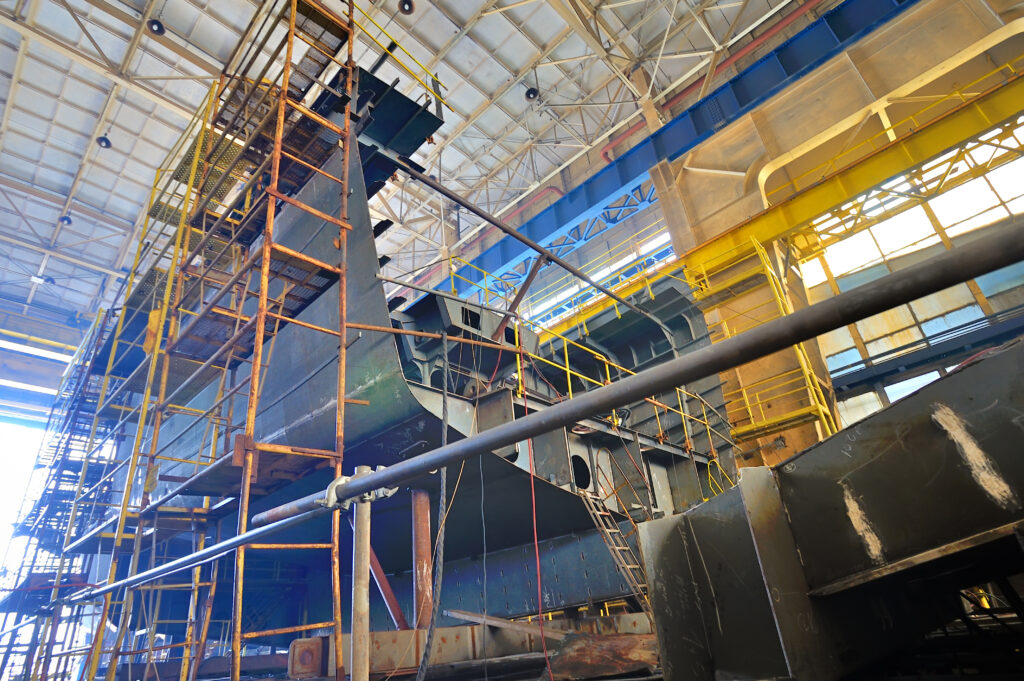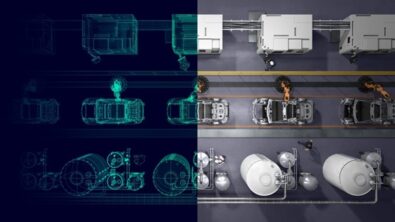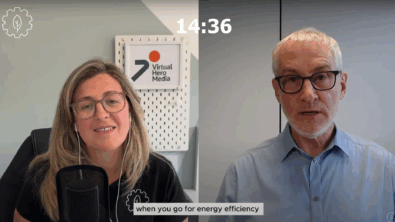Lessons from the racetrack: what we can learn from engineers working in an agile team

Think about the need to create a highly-customized product with a lot size of one, subject to strict rules and regulations and tested in an extremely competitive environment.
Welcome to the world of high-performance racing.

The engineers building and designing the racing vehicles of tomorrow must have the technology at their fingertips to ensure they can consistently create high-performance vehicles.
The focus of a recent blog post, MBSE applies everywhere, showed how racing teams were using complexity to their competitive advantage and how model-based systems engineering (MBSE) was helping to design more-complex systems, doing it faster than before, and enabling rapid changes from a variety of stakeholders.
MBSE isn’t just a methodology used for building race cars. Its applications can benefit companies of all sizes, in every industry.
Before we take a look at what companies can take away from MBSE applies everywhere, let’s define MBSE.
What is MBSE?
Simply, MBSE transforms the entire product lifecycle and minimizes risk at domain boundaries. It is a solution that brings together multi-domain product development, which includes mechanical, electrical and software. This solution gives manufacturers a cross-domain and cross-product digital thread and helps to flag errors early in the design process when it is less costly to correct.
Check out the video at the top of this page to learn more:
3 lessons from high-performance racing
1. Managing complexity in a highly-competitive environment
From the highly optimized designs in the engine and powertrain to the aerodynamics of the cars to the control systems, and much more, racing performance and technology is filled with complexity, which is a great example of what building the products of the future entails.
Using integrated and flexible solutions such as those within the Siemens Xcelerator Software for Industry, companies can access the tools to implement an MBSE solution like the high-performance racing teams. The automotive industry is highly-competitive with new vehicles introduced to market every year. With increasing electronics, software and autonomous capabilities, companies not only need to be able to use cross-domain solutions, but ensure they can collaborate with suppliers.
Through digitally transformation, companies can drive innovation faster and more efficiently. By designing, realizing and optimizing the vehicle with continuous feedback, companies can ensure their product perform at their peak.
2. Creating customized and personalized products
Race cars are not mass-produced. They are built one at a time with one specific purpose: to win the race.
They might even be considered evolving prototypes, but that does not remove the complexity of manufacturing and logistics.
While most manufacturers focus on high production volumes, many companies do have to accommodate the needs of the customers. For heavy machinery, it may mean a different design for a piece of agricultural equipment going to a tropical area versus a mountainous region. Regardless of the final destination, the product must be customized and perform at its best within that environment.
One example of efficiency in customization is a racing team’s use innovative technologies like additive manufacturing to build the right component which can reduce weight while maximizing strength.
3. Designing when subject to rules and regulations
Globalization will only increase, which will broaden the availability to customers. It also means that products are subject to rules and regulations. Along with countries or regional rules, industries also experience their own regulations, such as aerospace in regards to safety and automotive when it comes to fuel consumption.

A racing team is no exception. Engineering and design teams use digital and connected tools like the software in the Siemens Xcelerator Software for Industry to ensure revised components being installed meet the most current race requirements and that a complete set of parts are sent to the right region of a race series. Failure to do so may mean a forfeited race.
Beyond automotive and aerospace, other transportation industries such as global shipping are under pressure to reduce emissions and environmental impact. Starting in 2023 the International Maritime Organization will require all vessels over 400 gross tons to identify ways to improve fuel efficiency. Engineers have been able to simulate ship hydrodynamics and propulsion system using high-fidelity computational fluid dynamics which has played a role in reducing fuel consumption.
Using MBSE in industry
Many industries already use some of these ideas, but as a whole process any company working on products would benefit from MBSE where complexity might be in the physical systems as with a car or plane, but also software-electronic connections in products for medicine and long-term deployments in a factory environment.
As sustainability goals become more prevalent, companies would likely find value in using an MBSE solution to balance and optimize the product while also factoring in costs, quality, and time.
Complexity is everywhere now and in everything from space shuttles to smart watches. As systems become more interconnected it’s growing too difficult to fully optimize without robust digital solutions.
In a sport where winning is everything, race cars need to expedite improvements in the designs during the season based on learned outcomes from races and build the best systems over and over again as opposed to starting from scratch.
Siemens Xcelerator Software for Industry offers the digital technology to ensure better collaboration between teams, agility to make changes as necessary and so all stakeholders work on a single source of truth.
Read more about how raceing teams use MBSE and discover how Siemens Xcelerator Software for Industry can give companies of all sizes the competitive edge.

